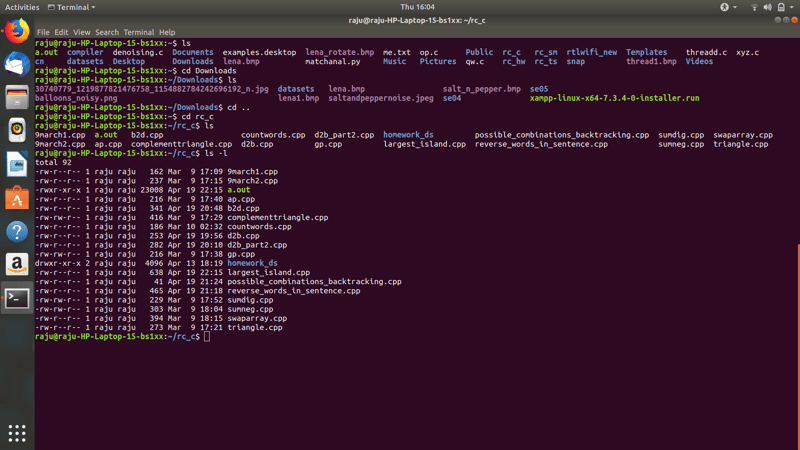The operating system relies on someone to communicate with the hardware to execute tasks. And that someone is you. By interacting with the operating system, you can assign tasks to the hardware.
The user communicates with the operating system via an interface. A user interface is a program that allows a user to control the functions of the operating system. We will look at two types of user interfaces: the graphical user interface (GUI) and the command-line interface (CLI). Let's cover these interfaces in more detail.
Graphical User Interface (GUI)
A GUI is a user interface that uses on-screen icons to manage various computer tasks. Most operating systems can be used with a graphical user interface. If you've used a personal computer or a cell phone, you have experienced operating a GUI. Most GUIs include these components: a start menu with program groups, a taskbar for launching programs, and a desktop with icons and shortcuts. All these components help you communicate with the operating system to execute tasks.
Command Line Interface (CLI)

In contrast, the command-line interface (CLI) is a text-based user interface that allows you to interact with your computer through commands. These commands communicate with the operating system and execute tasks like opening programs. The command-line interface is a much different structure than the graphical user interface. When you use the CLI, you'll immediately notice a difference. There are no icons or graphics on the screen. The command-line interface looks similar to lines of code using certain text languages. Let me show you another example:









Top comments (0)